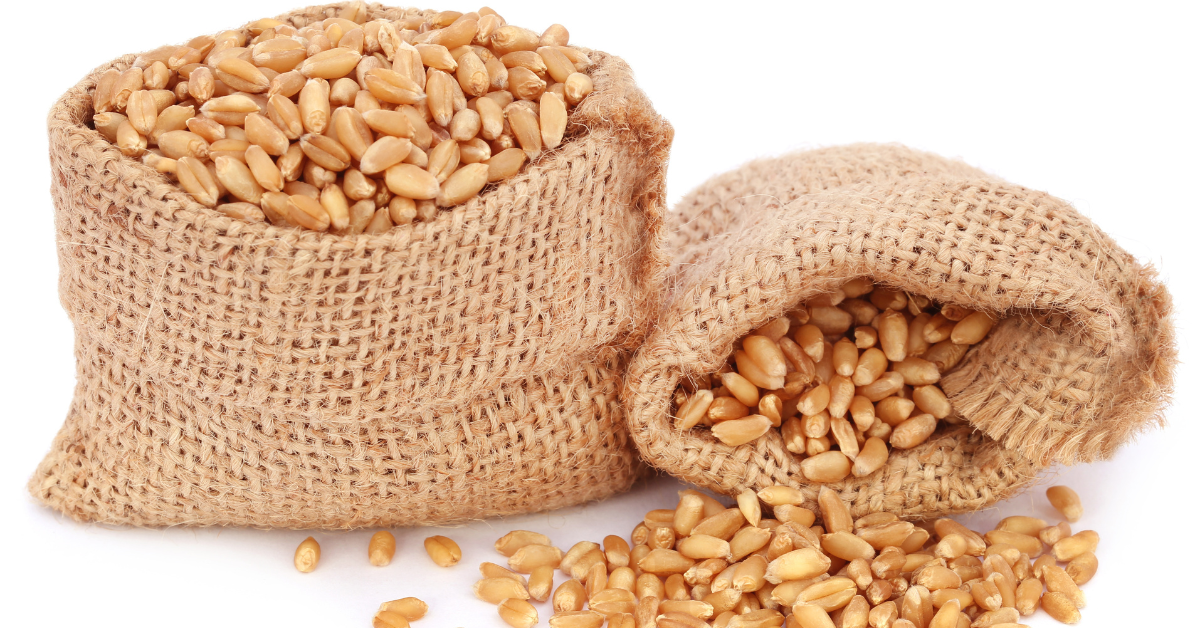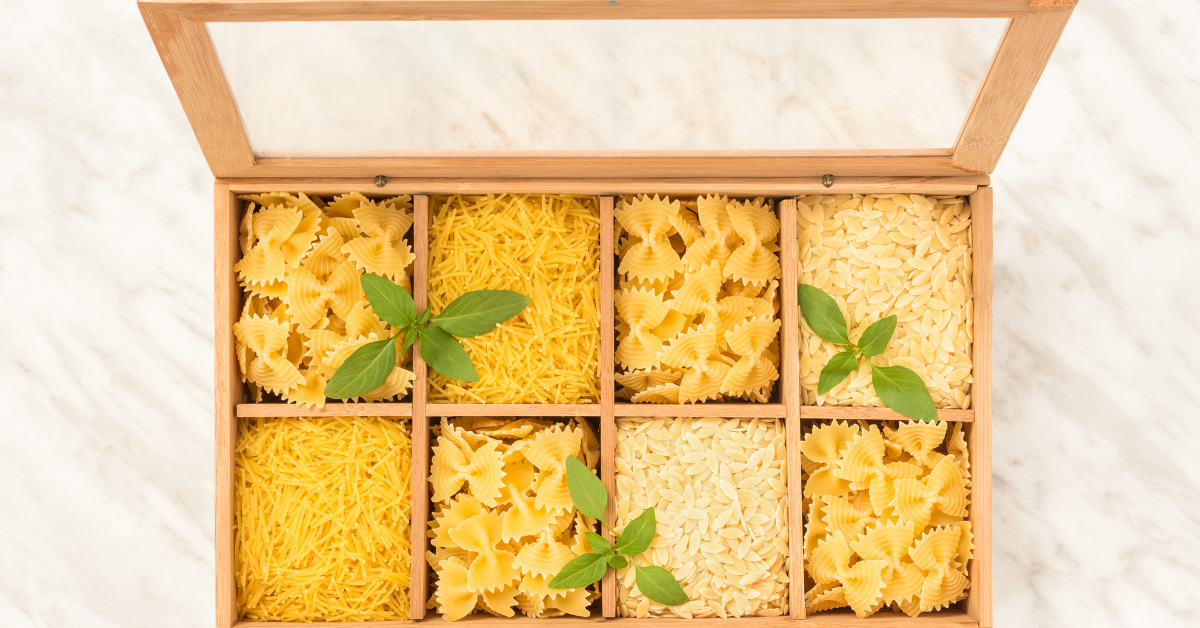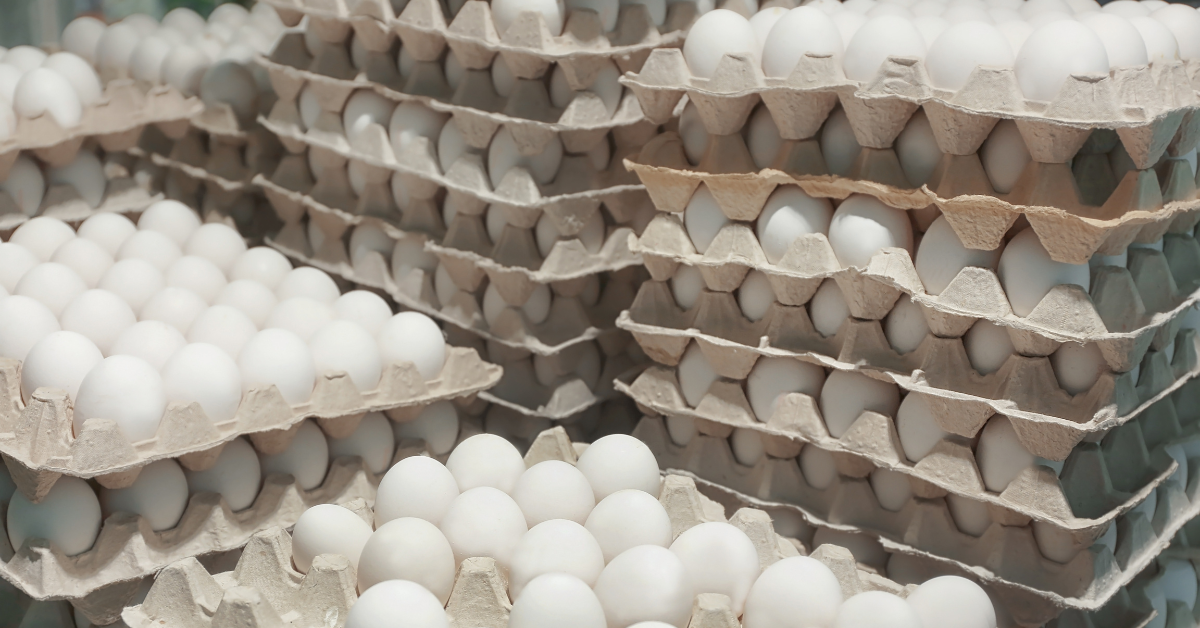In a survival SHTF scenario, you must simplify your lifestyle and focus on survival priorities. Finding a safe shelter should be your number one priority. After securing a safe shelter, locating a reliable and potable water source is next, even before feeding yourself.
One of the best ways to guarantee that you have access to water in a SHTF event is with an off-grid water system.
Water is the second most crucial survival priority. Without it, most people will only survive for three days, assuming they have a shelter to protect them from the elements. Keep reading to learn about off-grid water systems and why you should use one to survive.
Decoding How Water Systems Function

You clicked on this article to learn about off-grid water systems; but first, we think it’s important to understand how water systems function, generally speaking.
Why? So that you can design and set up your off-grid water to mimic the components of a functional water system.
Modern water systems are highly complex. Luckily, the intricacies of water systems can be simplified if you focus on the essentials. Water systems contain three critical facets:
-
The water source
-
A water treatment plan
-
A water distribution system
|
The Three Component Parts of a Functional Water System |
|
|
|
|
|
|
|

What Is an Off-Grid Water System?
An off-grid water system is a potable water supply that does not rely on the municipal electrical grid or water system. In other words, it is completely independent and self-sufficient.
However, just because a water system is off-grid does not mean that it consists of a few PVC pipes running from the river to your house. Off-grid water systems must contain all the parts of a modern municipal water system to avoid water system failure or contamination.
In other words, off-grid water systems must draw water from a source, utilize a treatment and distribution system, and have wastewater and disposal systems in place.
Off Grid Plumbing: Benefits of an Off-Grid Water System
Designing and installing off-grid water on your property as part of your SHTF plan requires financial investment, time, and labor. However, in most cases, the advantages of having off-grid plumbing are well worth it.
-
Cost savings. With a completely autonomous off-grid water system, you can stop paying for municipal water and the energy required to bring it to your home.
-
Self-sufficiency. Having water off-grid enhances your self-sufficiency and survivability because you can still access water when others who rely on municipal sources cannot.

-
Environmental sustainability. Being more in control of your water source and consumption is better for the environment, and much more sustainable than our current municipal water systems.
Types of Off-Grid Water Systems
Household Well
A well is a man-made hole that accesses the groundwater located in an aquifer far below the soil. Shallow wells are one of the most common off-grid water sources—roughly 42 million people in the United States use private wells to supply their families with fresh groundwater.
Typically, shallow wells are bored no more than 100 feet below ground level. At that depth, it’s common to gain access to an unconfined water source.
After the well has been bored to access underground water, a pipe and pump system must be installed to pull the water to the surface.
Pros:
-
Can remain uncontaminated even if the municipal source goes bad.
-
Water can be drawn manually without reliance on electrical power.
Cons:
-
Drilling a well, even a shallow one, is expensive.
-
The land you own may not contain groundwater beneath its soil.
-
Natural water levels ebb and flow or may even run out.
Rainwater Harvesting System
A rainwater harvesting system captures, diverts, and stores rainwater from rooftops. In other words, rainwater harvesting systems use the surface area of your roof like a giant funnel that collects every drop of rainwater that falls on it, perfect even for in the city to water your small home garden.
Pros:
-
Relatively affordable.
-
DIY rainwater collection systems can be installed yourself.
Cons:
-
Only helpful in areas with reliable annual rainfall.
Off-Grid Water Stockpile
An off-grid water supply is your private cache of potable drinking water. It can consist of the water you harvest from rainfall or groundwater or from water that you purchase or draw from the tap.
You can stockpile water in three ways ranging from simple, small, and inexpensive to very large and expensive but very reliable.
[product_render product-handle="water-container"]
-
Water jugs. Any plastic vessel can hold water, from plastic bottles to 5-gallon jugs.
-
Rain barrels. If you harvest rainwater, rain barrels are what hold your water. But even if you don’t have a rainwater harvesting system, you can still use large water barrels to stockpile a bulk amount of water.
-
Water cisterns. Cisterns are massive food-grade safe vessels that can hold thousands of gallons of water. Cisterns can be kept above ground in the backyard or buried below ground.
Pros:
-
Water jugs and barrels are simple and affordable.
-
Barrels and cisterns can be buried below ground to save property space and remain hidden.
-
Ideal for scenarios where you cannot bore a well.
Cons:
-
Cisterns are expensive.
-
Jugs can be challenging to transport, while barrels and cisterns are impossible to transport.
Powering Your Off-Grid Water System
For your off-grid water to remain self-reliant, it must have its own power source and mechanism for distributing the water. It cannot rely on municipal electricity for power in case of an EMP attack or grid failure from a natural disaster.
Solar-Powered Pump

A solar-powered watering system converts energy from the sun into electricity to power a water pump. Solar-powered pumps can be installed to pull water out of wells or distribute water from water cisterns.
Pros:
-
Does not rely on the municipal grid for electrical power.
Cons:
-
Only applicable in locations with ample sunshine.
-
Can be expensive to install.
Wind-Powered Pump
Water-pumping windmills use blades to catch the wind, which turns the rotor. The windmills then use a geared mechanism to convert the rotary motion of the blades into an up-and-down motion to pump water.
Wind-powered pumps can be installed to draw water from a well you drilled on your property or to move water from large water cisterns.
Pros:
-
Does not rely on the municipal grid for electrical power.
-
Does not require fuel to operate.
Cons:
-
Only applicable in locations with ample wind.
-
Can be expensive to install.
Gravity-Fed Water System
Gravity-fed water systems use gravity to move water downhill. A common example is a cistern of water located on a hill behind your home or on the roof. Water can naturally flow through the distribution system using gravity without pressurized air or power.
However, it only works if the water container is significantly higher than the system endpoint. In that case, you may need to install a break pressure tank along the pipeline to reduce the risk of damage from the constant downward flow of water.
Pros:
-
Relatively simple to install yourself.
-
The most affordable option.
Cons:
-
Not applicable in flat terrain.
-
Water loss as a result of leakage.
-
Break pressure tanks may be required.
Hand-Powered Water System
Hand-pumped water systems use human power to pressurize your water system and distribute water. Hand pumps have been used to draw water from wells for centuries. Why? Because they are super simple and hyper-effective.
Pros:
-
Very simple and affordable.
-
Does not require fuel or municipal power.
Cons:
-
Very labor intensive.
Maintaining Off-Grid Water Quality: Water Treatment
After your off-grid water system has collected water, you must treat the water to make it safe for consumption. The treatment process will vary depending on your water source and system.
New off-grid water treatment methods have emerged in recent years. UV sterilization is a popular one. It uses UV light to kill bacteria and other harmful organisms, providing clean, safe water without the use of chemicals. A UV sterilization system can be integrated into your off-grid water system, but it does require a power source.
A simple off-grid water treatment system must follow at least three basic steps.
-
Sedimentation. This process allows large particles to settle on the bottom, so you don’t drink dirt.
-
Filtration. Filtering water removes smaller particles of sediment and, depending on the filter, certain pathogens.
-
Chlorination. Adding small amounts of chlorine or similar chemical products purifies the water, killing bacteria.
Final Thoughts on Off-Grid Water Systems
During an SHTF scenario where municipal power and water have become unreliable, off-grid water systems are the ideal way to preserve access to a reliable water source and continue surviving and even watering your prepper garden.
In recent years, greywater recycling has become a popular feature in off-grid water systems. Greywater is wastewater from sources like your washing machine, shower, and sink. This water can be filtered and reused for tasks that don't require potable water, like flushing toilets or watering your garden. Incorporating a greywater recycling system into your off-grid water plan can significantly increase the efficiency and sustainability of your water use.
Remember, as part of your preparations for a SHTF situation, you'll need to think about food storage as well as water. At Valley Food Storage, we specialize in long-lasting, high-quality emergency food supplies. Our food storage solutions are designed to give you peace of mind and ensure you're ready for any situation. You don't need to rely on anyone else for your survival when you're equipped with our off-grid food and water solutions.
For more helpful blog articles like this one, visit our Practical Prepper Blog to learn about our favorite survivalist books and the best places to live off the grid.
If you are curious about ourdehydrated food products orfood storage subscriptions, don’t hesitate to contact one of our product experts. We are here to help!



